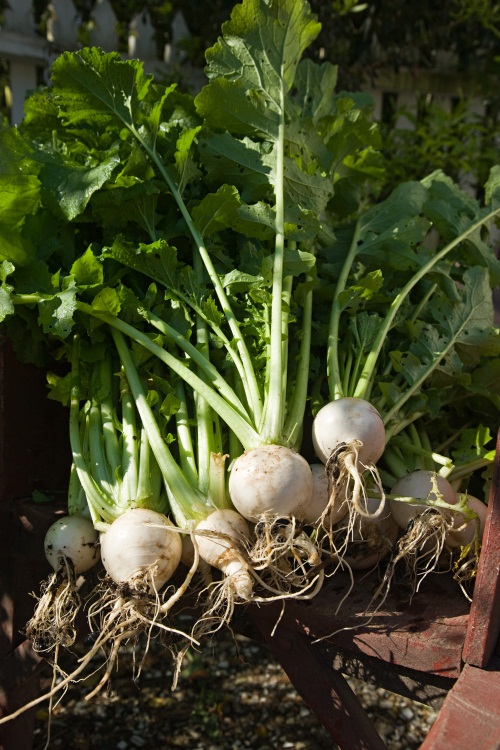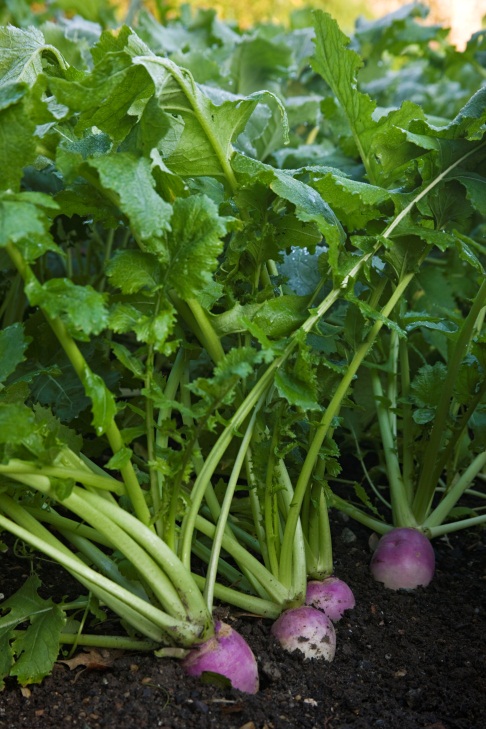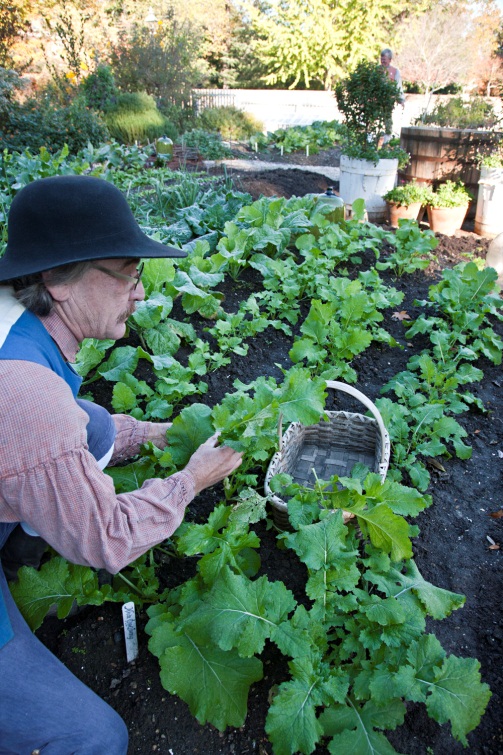It is at this time of year that we turn to the root crops to supply the table with our chief sustenance and there is no root as useful to this purpose as the turnip.
Turnips have been grown for untold thousands of years having arisen from its wild progenitor somewhere between Afghanistan and the Mediterranean basin in prehistoric times.
The first modern turnip, however, was recorded in England in 1533 by Sir Thomas Elyot in The Castel of Helth: “Turnepes beinge welle boyled in water, and after with fatte fleshe, noryseth moche.”
These ancient turnips grew to prodigious sizes as chronicled by Thomas Hill The Gardener’s Labyrinth (1577) who affirmed that he had seen turnips weighing 30 to 40 pounds “to the admiration of many.”
But it was the smaller roots that were most prized as Mr. Gerard observed 20 years later, “The small Turnep… is much sweeter in taste, as my selfe hath often proved.”
This was a small round root, known in later years as the White Dutch, and was often used, according to Mr. Justice, “for eating raw in May and June, of which many are very fond.” It was likely similar to the turnip known today as the White Egg.
The turnip was one of the first European vegetables introduced to North America and became the most important root crop, for both people and cattle, in colonial America.
The turnip remained an important part of the American diet until the 19th century when the white potato largely replaced it as the primary starchy root of choice.
By the middle of the 18th century, the purple top turnip became as common as the White Dutch and this is the variety best known to gardeners today.
Not only are the roots indispensable for preparing the stew but the tops make an excellent salad as well.
As a winter crop its versatility and hardiness is truly worth the attention paid to its culture as Mr. Rutter has averred, “No root rewards the gardener’s care better than the turnep; for its excellence depends more than all others upon culture, and will be proportioned in goodness to the attention shewn in its growth.”



When do you plant your turnips? How do you get them through the heat of summer? Are they left in the ground until this time of year?
Dearest Jan,
We plant most of our turnips, from seed, in the first week of September and we start harvesting greens after the first frost in November. The roots are harvested beginning in the middle of December and we continue to pull them, as required, throughout the winter months. Most have been harvested by the end of March. We have occasionally made a spring sowing in early March of a very mild French turnip called the Boule d’ Or. This is a particularly desirable variety for using raw in a spring salad. The danger of spring sown turnips in coastal Virginia is that they quickly bolt to seed if we get and early warm spell.
Wishing you success in the turnip patch,
Yr. obedient and most humble servant,
Wesley Greene